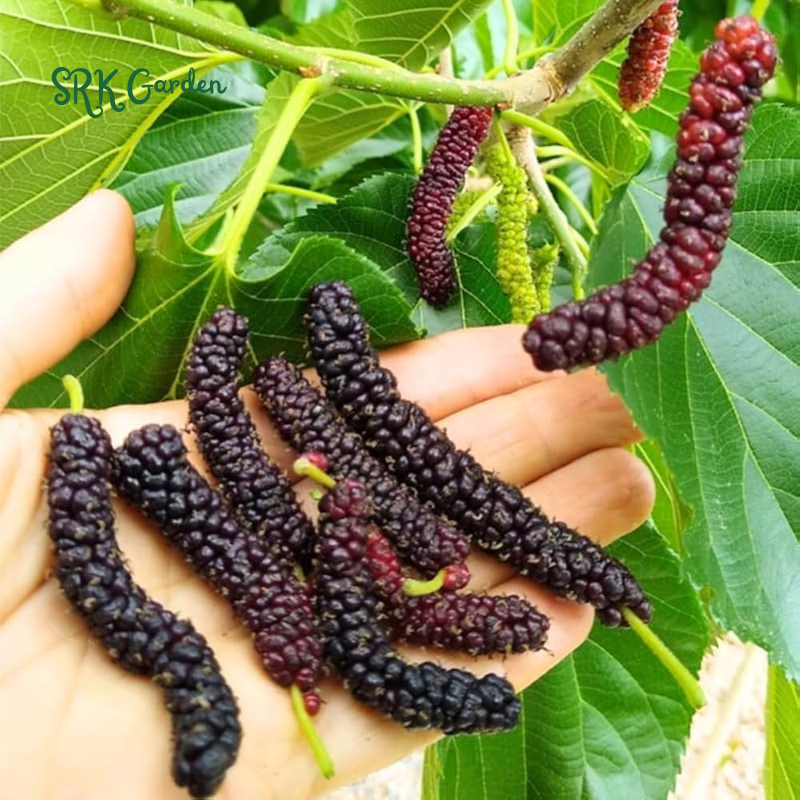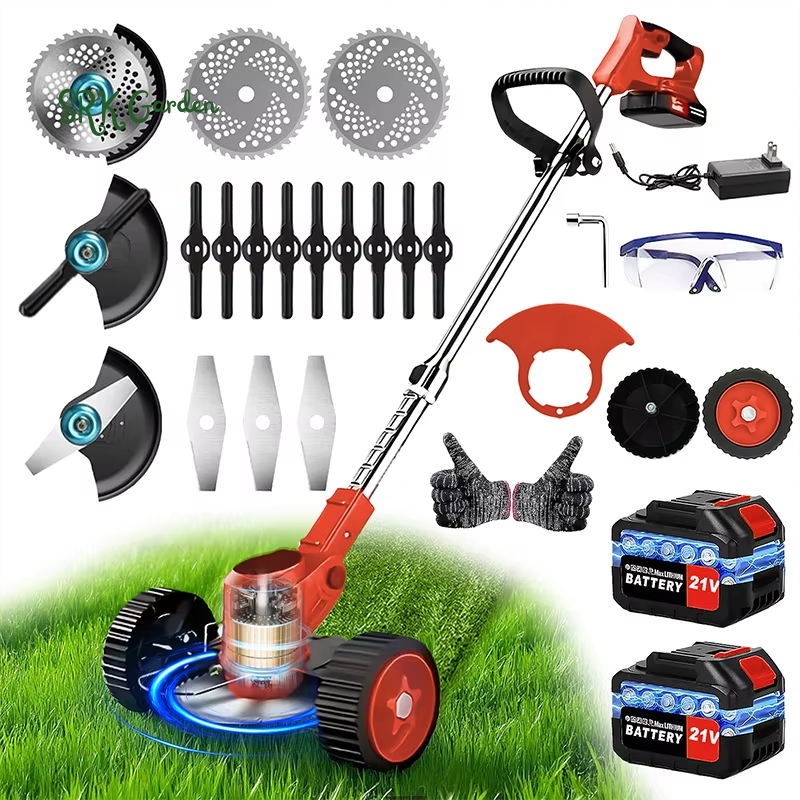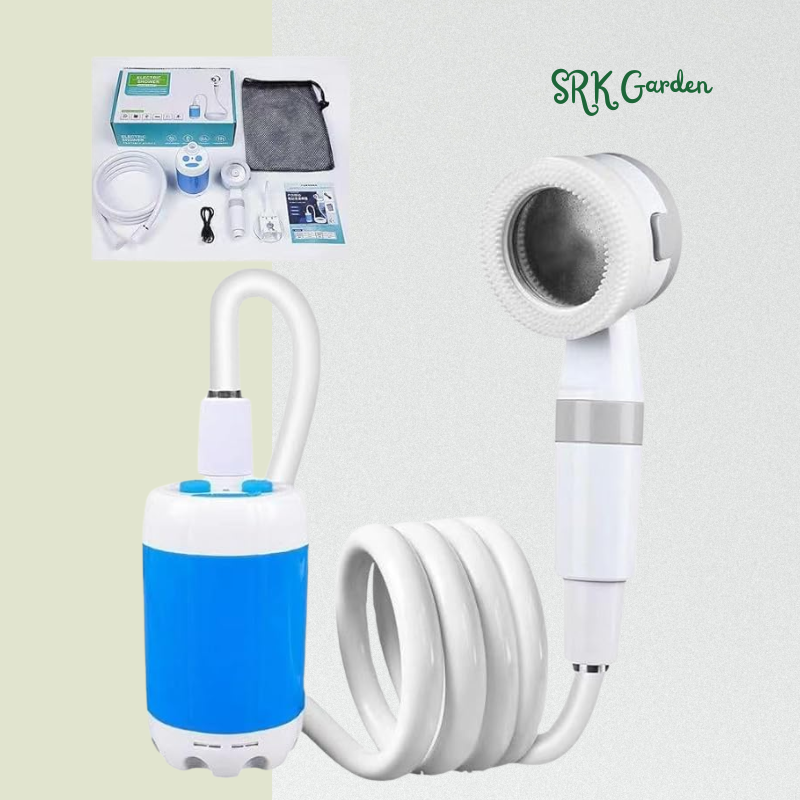How to Grow and Care for Fig Trees: A Gardener’s Guide
Fig trees (Ficus carica) are a delightful addition to any garden or landscape, offering both visual appeal and the satisfaction of harvesting homegrown fruit. Known for their striking lobed leaves and charming trunk structures, fig trees are among the easiest fruiting plants to grow. Whether planted in a garden or cultivated in containers, they consistently reward gardeners with bountiful harvests of fresh, flavorful figs.
Why Choose Fig Trees for Your Garden?
Fig trees thrive in warm, sunny climates and are perfect for creating a lush, green canopy. They can grow up to 30 feet tall, making them ideal as shade-providing focal points. Not only are their fruits delicious—perfect for eating fresh, cooking, or drying—but their ornamental value enhances the overall aesthetics of your garden. Even in smaller spaces, fig trees adapt beautifully when pruned or grown in pots, such as the compact 'Petite Negra' variety.
Planting Fig Trees Outdoors
Fig trees can be grown as landscape shrubs or trees in USDA zones 8 and above, while with proper care and winter protection, they can survive as far north as zone 5. In most climates, fig trees are deciduous, losing their leaves in late fall. This dormancy makes them easier to protect during cold winters.
For best results, plant fig trees in a sunny, sheltered spot with well-draining soil. A south-facing location near a building can create a beneficial microclimate, especially in colder regions.
Growing Figs in Containers
Figs thrive as container plants, making them a great choice for gardeners with limited space. Container growth naturally limits the size of the tree, but it still produces an abundance of fruit. Use a pot with good drainage and bring the plant indoors during winter. Expect leaf drop as the tree enters dormancy—this is normal. During this period, reduce watering, but don’t let the soil dry out completely.
Tips for Ripening Figs in Cooler Climates
Ripening figs in northern areas can be tricky due to cooler temperatures. Plant your fig tree on the south side of a building to maximize heat exposure. As the weather warms, new growth will appear, and fruit will form along the soft green stems. This growth is key to producing ripe figs by the end of the season.
Watering and Feeding Fig Trees
Fig trees are drought-tolerant, originating from arid Mediterranean climates. However, consistent watering encourages healthy growth and fruit production. Allow the soil to dry slightly between waterings, especially for container-grown figs.
When it comes to fertilizing, less is more. Over-fertilizing can lead to excessive leafy growth and fewer fruits. Use a balanced, organic fertilizer in early spring and again in summer. Once fruits start forming, stop fertilizing and let the figs ripen naturally.
Pruning Fig Trees
Prune your fig tree during its dormant season to control size, shape, and encourage new growth. If left unpruned, figs can grow into large trees. Pruning container-grown figs helps maintain a manageable size and boosts fruit production.
Preventing Pests and Diseases
Fig trees are relatively pest-free but may occasionally attract spider mites or mealybugs. Rust can affect the leaves in humid conditions but rarely harms the plant. Ensure good airflow and keep leaves dry to minimize issues.
Preparing Your Fig Tree for Winter
In colder regions, potted fig trees should be moved indoors once the leaves drop. Keep them in a cool, frost-free space like a garage. For in-ground fig trees, winter wrapping is essential. Prune the tree to about 4-5 feet, tie the branches together, and wrap with paper-backed fiberglass insulation, followed by plastic sheeting. Mulch the base for added protection and place rodent deterrents near the trunk.
By spring, your fig tree will be ready to burst into new growth. Remove the winter coverings and gradually reintroduce it to sunlight, starting another fruitful season.
Growing fig trees can be a rewarding experience for gardeners of all levels. With proper care and attention, you’ll enjoy both the beauty and bounty of these incredible plants. Happy gardening!








